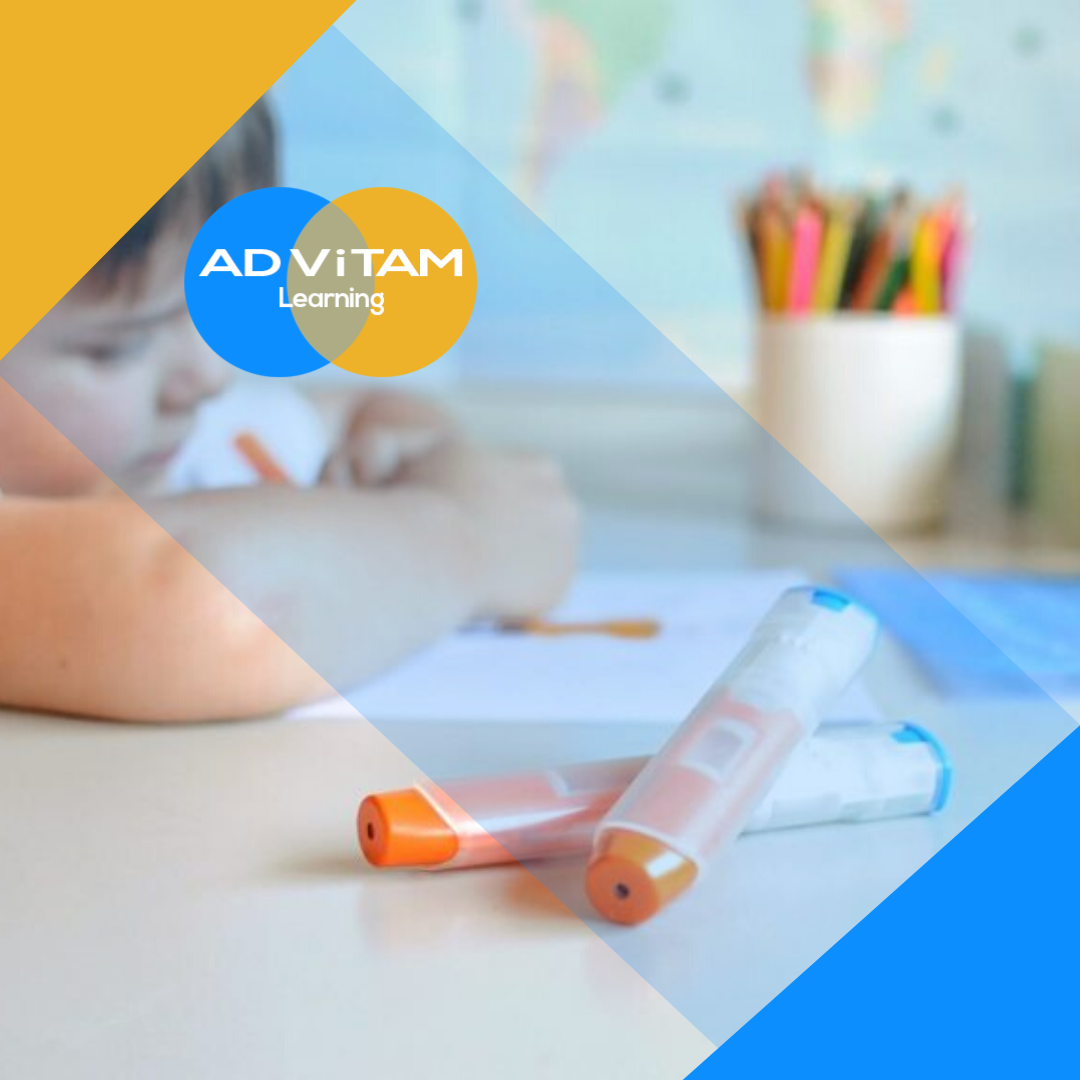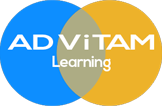Description
Anaphylaxis Training for Schools | Level 2 | Online Training Course | CPDUK Accredited | Instant Course Access | Includes Assessment & Certificate | Instant Certificate Download.
Welcome to our online Anaphylaxis Training for Schools course for front-line healthcare and social care providers. All our online training courses, programmes and qualifications are accredited by the CPD Certification Service (CPDUK).
Anaphylaxis is a severe allergic reaction that is rapid in onset and may cause death. The good news is that even the most severe form of allergy is manageable. The vast majority of the children affected are happily accommodated in mainstream schools thanks to excellent communication between parents, school staff, doctors and education authorities. With sound precautionary measures and support from the team, school life may continue as usual for all concerned.
Certificate duration: 2 years
Entry requirements: No entry restrictions
Recommended prerequisites: N/A
Assessment type: End of course assessment
Assessment pass mark – 80% needed to pass and gain a CPD certificate
Cost(s) of assessment and certification – All costs included in the course price
Awarding/Accrediting body – CPD Certification Service (CPDUK)
Who is the course for?
This online Anaphylaxis Training for Schools course for schools should be completed by those who work in health and social care services including:
- Teachers,
- Assistant teachers
- School first aiders
- Community workers,
- Community sports clubs,
- Healthcare Assistants,
- Support workers,
- Care assistants,
- Nursery staff.
What is covered in this course?
This online Anaphylaxis Training for Schools course for schools and early years covers the following:
- Definition of anaphylaxis,
- Signs and symptoms of anaphylaxis in children,
- Risks of anaphylaxis,
- Causes and triggers of anaphylactic reactions in children,
- Diagnosis of anaphylaxis in children and early years,
- Emergency treatment of anaphylactic reactions in children and early years
- Safe use of an adrenaline auto-injector (EpiPen, Jext and Emerade), and
- How to put a child into a recovery position.
Course aims
The aims and objectives of this online Anaphylaxis Training for Schools course are to improve anaphylaxis awareness of those responsible for students in schools and other similar settings.
Learning outcomes
On completion of this online Anaphylaxis Training for Schools course, the learner will:
- Know the definition of anaphylaxis,
- Be aware of the signs and symptoms of anaphylaxis in children,
- Have an awareness of who is affected by anaphylaxis,
- Be mindful of the causes and triggers of anaphylactic reactions in children,
- Be able to diagnose anaphylaxis in children and early years,
- Be prepared to treat a child who has an anaphylactic reaction,
- Be ready to provide emergency treatment of anaphylactic reactions in children and early years,
- Be able to use an adrenaline auto-injector safely, and
- Be prepared to put a child into a recovery position.
What is anaphylaxis?
Anaphylaxis is a severe allergic reaction that is rapid in onset and may cause death.
For many children, the symptoms of allergy are mild. However, occasionally, the symptoms are severe, and they may even be life-threatening. The common causes of severe allergic reactions (anaphylaxis) include foods such as peanuts, tree nuts, milk, eggs, shellfish, fish, sesame seeds and kiwi fruit, although many other foods have been known to trigger anaphylaxis. Peanut allergy is particularly common – with one in 70 children nationwide thought to be affected.
Non-food causes of anaphylaxis include wasp or bee stings, natural latex (rubber) and certain drugs such as penicillin.
The good news is that even the most severe form of allergy is manageable. The vast majority of the children affected are happily accommodated in mainstream schools thanks to excellent communication between parents, school staff, doctors and education authorities. With sound precautionary measures and support from the team, school life may continue as usual for all concerned.
What are the signs and symptoms of anaphylactic shock?
- suddenly feeling too warm
- skin reactions such as itchy skin, hives, flushed skin, or pale skin
- shortness of breath
- throat, lips or tongue swelling
- feeling like you have a lump in your throat or difficulty swallowing
- nausea, vomiting, or diarrhoea
- abdominal pain
- a weak and rapid pulse
- lightheadedness, dizziness and drop in blood pressure
- runny nose and sneezing.
What are the most common causes of anaphylaxis?
- Foods such as peanuts, nuts, fish and shellfish
- Certain medications, including antibiotics, aspirin and other over-the-counter pain relievers, and the intravenous (IV) contrast used in some imaging tests
- Stings from bees, yellow jackets, wasps, hornets and fire ants
- Latex.
What is Epipen training?
Can an EpiPen stop an asthma attack?
In the event of an emergency (where the child may be experiencing an asthma attack or severe allergic reaction), use EpiPen ® first (or other adrenaline/epinephrine injections such as Jext or Emerade). After using the epinephrine injection, follow medical instructions for controlling asthma.
Why is online Anaphylaxis Training for Schools course essential?
Every school, nursery or early years setting is likely to have at least one pupil who is severely allergic to a type of food, and many schools will have more. All teachers, nursery staff and others who work with children must have appropriate training to enable them to recognise and manage severe allergic reactions in schools and community settings.
For many children, the symptoms of allergy are mild. However, occasionally, the symptoms are severe and may even be life-threatening. The common causes of severe allergic reactions (anaphylaxis) include foods such as peanuts, tree nuts, milk, eggs, shellfish, fish, sesame seeds and kiwi fruit. Non-food causes of anaphylaxis include wasp or bee stings, natural latex (rubber) and drugs such as penicillin.
Our online Anaphylaxis Training for Schools course was designed to ensure that key members of staff in schools are fully aware of the signs and symptoms of anaphylaxis, how to provide emergency treatment and the implications for management of severely allergic children from Key Stages 1 to 5 in an education setting.








